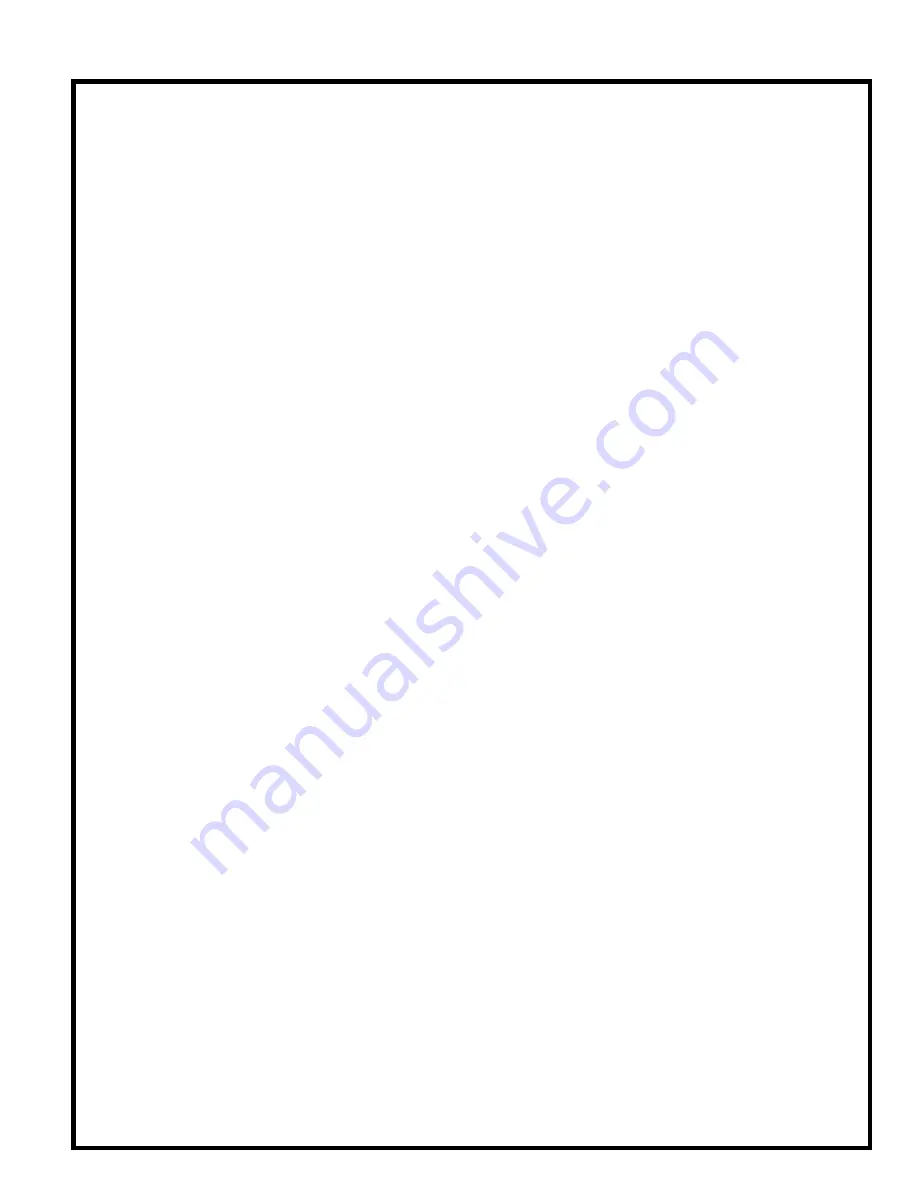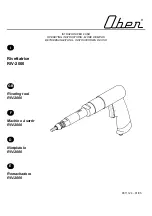
surface. The work piece can be tested with a Magnetic Field Indicator, such as the
W-Series W-PT
®
, to ensure it is fully demagnetized.
5. Operation:
Position the Pole Pieces (Feet) on the work piece. The area between the pole
pieces is your target area, which also extends laterally out, approximately 1.5”
(38mm), from either edge of the pole pieces. The Field will expose defects that are
transverse to the centerline between the Pole Pieces. The Pole Pieces should be
positioned, so that as much of their contact surfaces as possible are on the work
piece. The Yoke is then energized, by pressing Push Button Switch, and Magnetic
particles are applied. Dry Method Particles are dusted between the Pole Pieces and
over the target area, while Wet Method Particles are sprayed in a similar manner.
The Target Area is then inspected visually for a collection of Particles around
defects. A Black Light is used to aid visual inspection when Fluorescent Particles
are used. Indications found with Dry Powder will tend to form immediately, and will
take slightly longer with Wet Method Particles. If the typical direction of defects is
not known, rotate the Yoke through 90º and repeat the inspect of the target area.
As the WC-6X2 produces such a strong magnetic field, Field Blow will be higher
than on standard AC Yokes. Field Blow is a collection of Inspection Media between
the Pole Pieces in the target area, transverse to the centerline between the Pole
Pieces, and may case a masking of indications. Field Blow can be minimized by
extending the Pole Pieces farther apart, If work piece configuration does not permit
extending Pole Pieces, reduce the contact area of the Pole Pieces on the work
piece. Follow the Operational Parameters outlined in these instructions.
6. Maintenance –
After extended use the Yoke should be cleaned with a mild soap
solution. The unit should be visually inspected for any damage that could cause
harm to the operator, or the material being inspected. Special attention should be
paid to the Push Button Switch Cover, to ensure it is fully adhered to the body of the
Yoke. The most common maintenance issue on any Yoke is the Power Plug, Power
Cord, and the End Cap/Cord Protector and should be checked on a regular basis to
ensure they are in a good state of repair. Our Web Site contains many write-ups
covering maintenance. While performing maintenance, cleaning, or repositioning
the End Cap the Yoke should be disconnected from any power source, with safe
industrial practices employed. Any potential problems to these assemblies must be
reported to the Distributor or Western Instruments for instructions on corrective
action.
Whether industrial specifications are being observed or not, the Yoke should be
tested periodically, using certified Pull Test Bars such as the W-Series W-PT
®
, to
ensure it continues to lift the specified amount of weight. If the unit fails such a test,
first inspect the Pole Pieces to ensure they fully contact the test weight. If the unit
continues to fail, contact the Distributor or Western Instruments for instructions on
corrective action.
Wiring –
Western Instruments 230 Volt Models, are designated by a “K” placed
after the Serial Number and the Models number (e.g. WC-6K), are shipped without
WC-6X2 Operation Manual
4
























